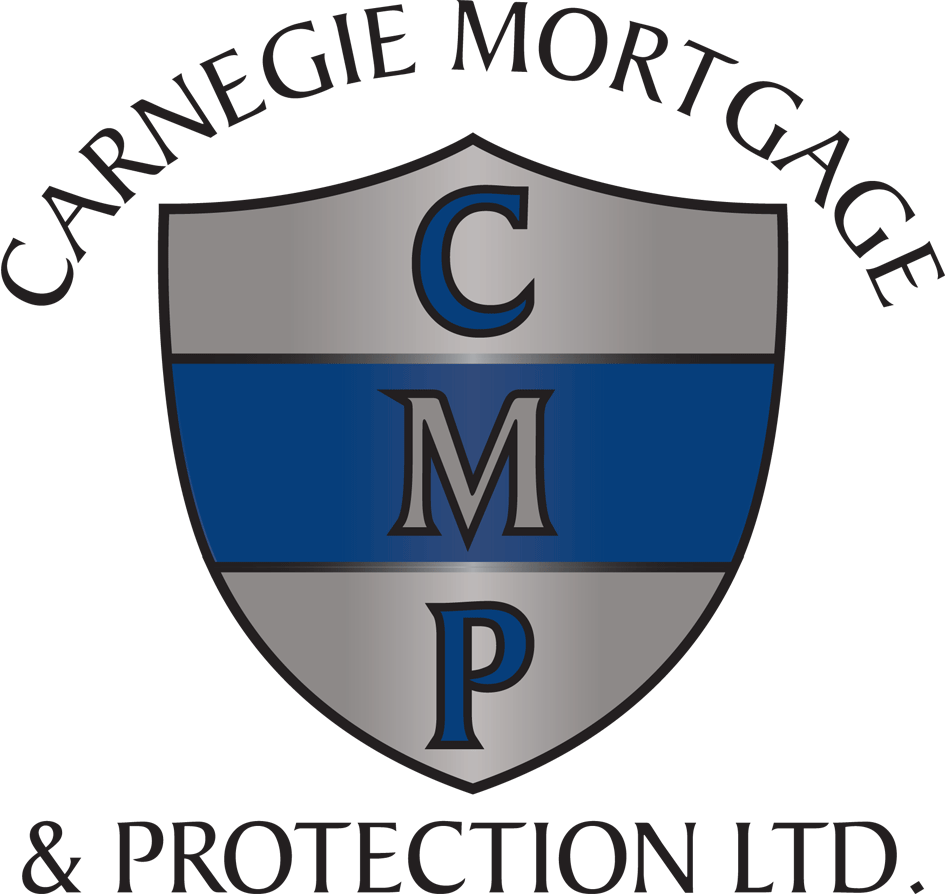Second Charge
As the name suggests, second charge mortgage is a separate and additional mortgage to the homeowner’s main or in some cases, first mortgage.
This is ideal for customers looking to capital raise by releasing equity from their existing residential property.
About Second Charge Mortgages
Second charge mortgages which are sometimes known as homeowner loans are loans which are secured against the borrower’s residential property, and as such, are available only to homeowners. In common with remortgages, second charge mortgages are sometimes used by homeowners to raise money.
When considering a second (‘further’) advance, the lender will take into account the value of the borrower’s home, less any mortgage owed on it. The difference between the two amounts is known as ‘equity’ and provides the lender with security against the loan. If for example, the home is estimated to be worth £300,000 and the amount remaining to be paid on the mortgage is £100,000, the equity is £200,000. In addition to the amount of equity that’s available, the lender will consider the borrowers’ ability to service both mortgages if interest rates were to rise.
By taking a second mortgage, the homeowner will have two mortgages on their home. In common with a first mortgage, the borrower’s home will be at risk if they fail to keep up the mortgage payments.
When the property is sold, or the homeowner moves to a new home, the amount owing on the first mortgage must be repaid in full before anything is paid off the second mortgage.
In most cases, lenders will charge a higher rate of interest on second charge mortgages than they do on first or main mortgages. There are a number of factors that are considered in this case. Some of which include the rate of interest can be fixed or variable and can also depend on the size and term of the loan, the homeowner’s credit rating and the amount of equity that exists in the home.
